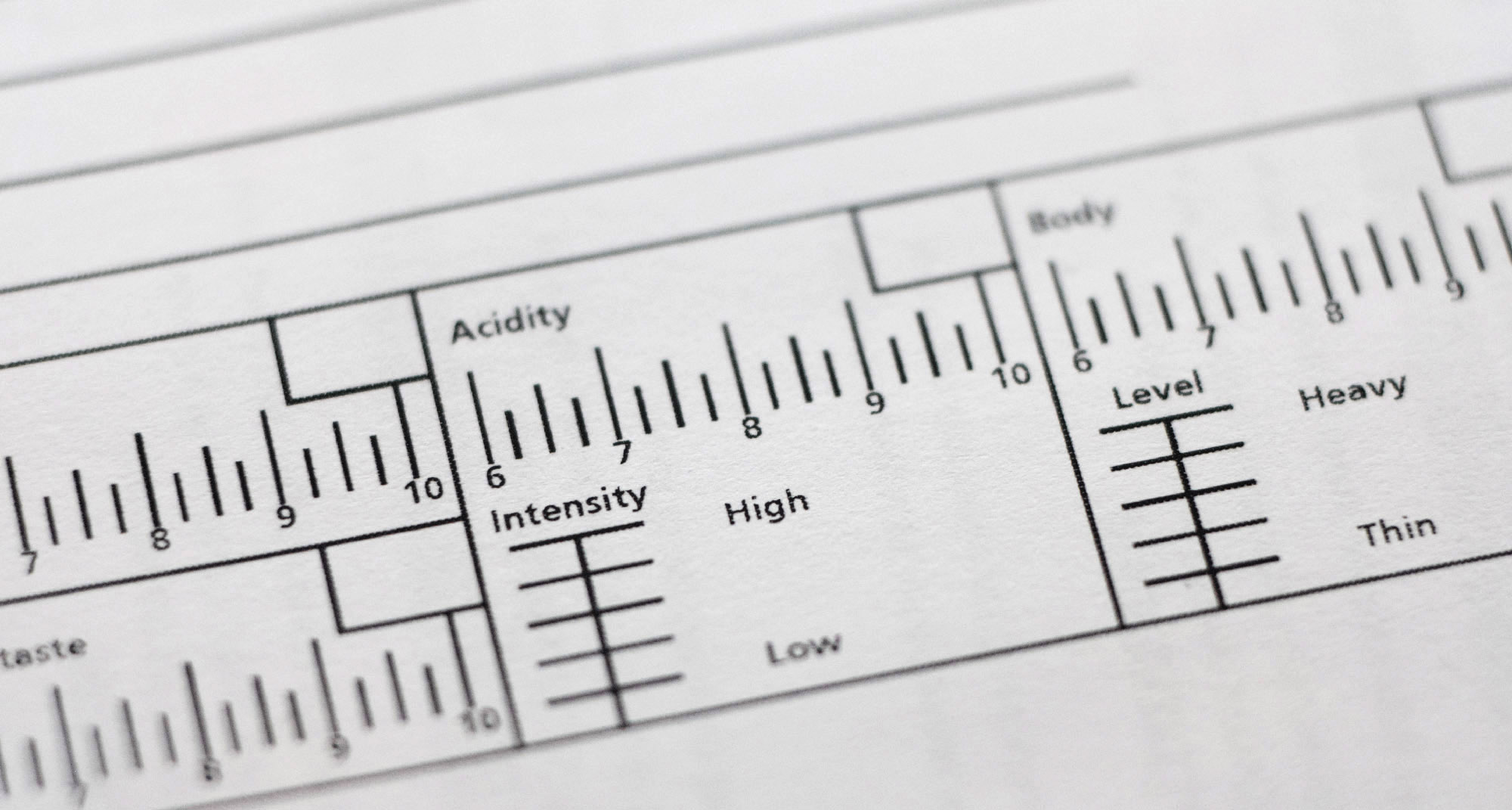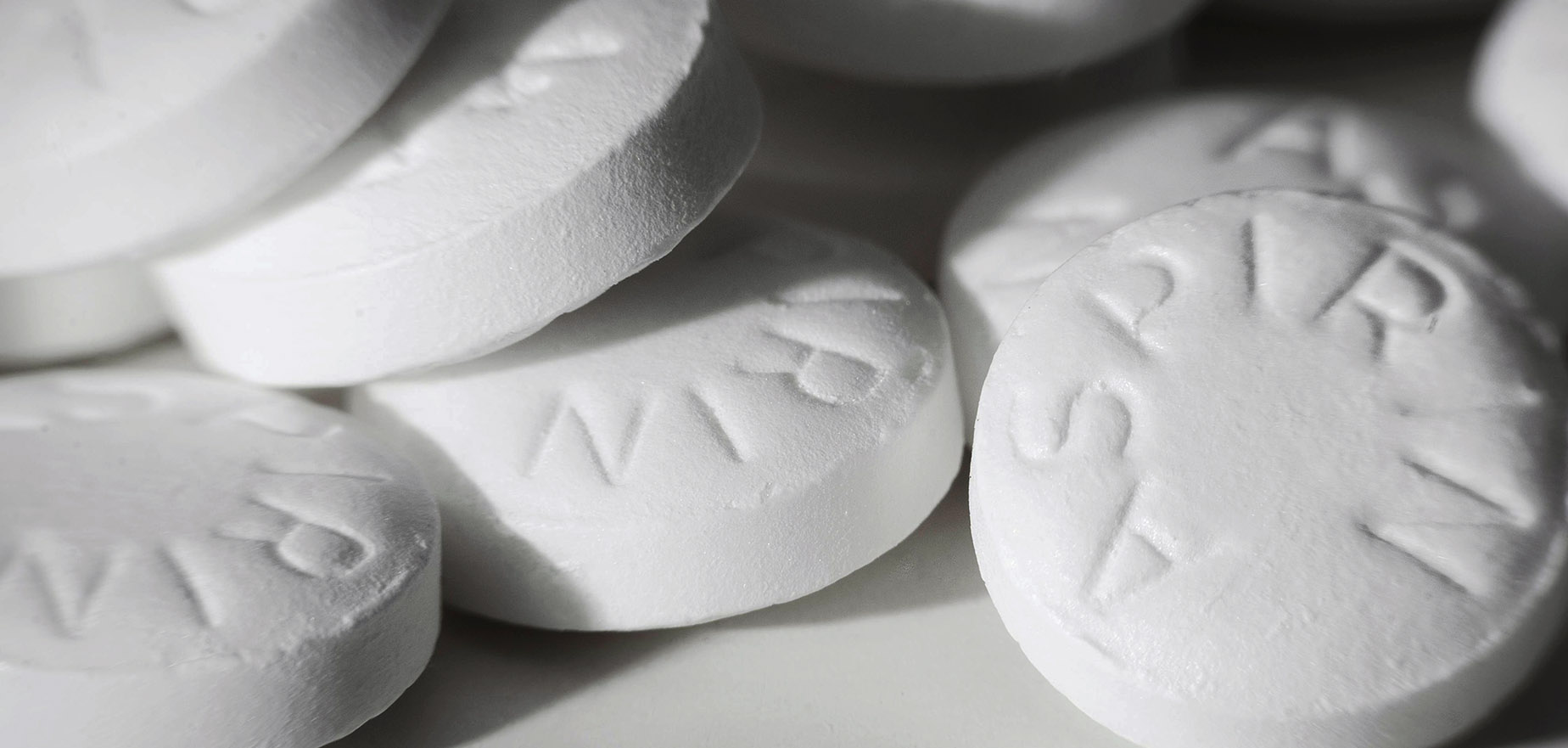Acidity
‘Acidity’ may be scored by intensity, quality, or both. For ‘intensity’, the SCA and COE forms ask cuppers for a numeric rating, but for ‘acidity’ they ask cuppers to rate by quality. According to the COE protocol, negative acidity might be described as ‘harsh’ or ‘tart’, and positive acidity might be ‘refined’ or’ snappy’. SCA suggests ‘bright’ and ‘lively’ as attributes for positive acidity that gives a fresh fruit sensation and ‘sour’ for negative acidity. The SCA form also specifies that the intensity rating should be in line with what’s expected for coffees from that specific region — in other words, a high- acidity Kenyan and a low- acidity Sumatran might still get the same quality score for their acidity, but the reverse would be unlikely.
Unlike the other organic acids in coffee, acetic acid contributes an aroma as well as the acidic taste. This means that excessively high levels of acetic acid can be very negative in the cup. Small amounts, however, probably contribute to an overall positive acidity profile.
The sensation of acidity in coffee is not closely linked to a coffee’s pH. Instead, perceived acidity is linked to titratable acidity (N.Z. Rao and M. Fuller, 2018), the ability of the liquid to buffer alkali.
According to the SCA, Acidity, Body, and Balance should be evaluated at around 60-70°C.
Bitterness
The bitterness of coffee can be experienced as a positive and a negative sensation, in part by how intense it is and possibly, what chemicals are responsible for producing a bitter sensation. A form of positive bitterness might be experienced like the quininic acid in tonic water which relies heavily on the acidity and sweetness of the beverage to repackage the bitter taste as a positive. A negative bitter sensation comes from medicines like aspirin or quinine (used in Malaria pills) which undiluted can be intensely objectionable.
Caffeine is often thought to contribute to coffee’s bitterness but decaffeinated coffee taste bitter too.

